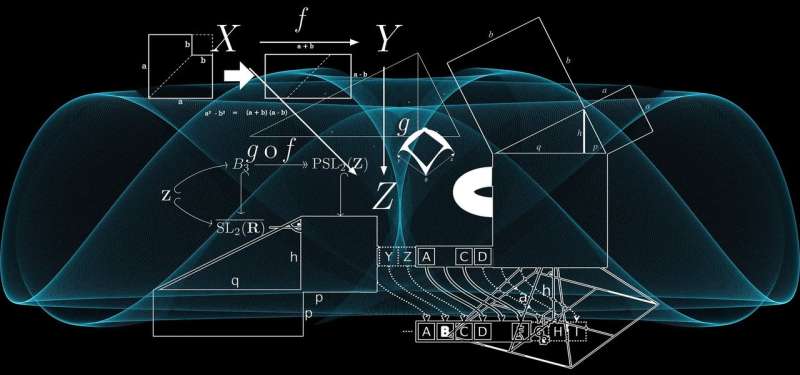Mathematician simplifies methods for solving equations of magnetic hydrodynamics

A mathematician from RUDN University has found a new criterion for the regularity of generalized solutions of the equations of magnetic hydrodynamics for an incompressible fluid in three-dimensional space. The use of this criterion simplifies the search for solutions to such equations and can help metallurgists to model the behavior of molten metal, as well as astrophysicists to describe stellar plasma. The article was published in the Journal of Mathematical Analysis and Applications.
The system of equations of magnetohydrodynamics describes the behavior of any electrically conductive liquid (molten metal, electrolytes) or plasma in the presence of a magnetic field, and consists of two differential equations that relate the magnetic field to the velocity field. The solutions to these systems can be divided into two types: classical and generalized (solutions on which the differentiability condition is not imposed). Unlike classical solutions, generalized ones require to be checked for regularity (smoothness). Mathematicians perform such a check using the criteria of regularity.
Maria Alessandra Ragusa from RUDN University and her colleagues found that equations of the system can be reduced to a pair of equations of similar form. If you swap the unknowns, the first equation becomes the second, and vice versa. This result can be achieved using the transposition of variables. A combination of the desired fields is chosen as new variables: their sum and difference. The system becomes symmetrical with respect to its new unknowns. This means that the variables can be swapped without changing the solution. This approach simplifies finding the answer: instead of two different equations, a pair of identical ones is solved.
Professor Ragusa developed a regularity criterion for generalized solutions to the new system. It is expressed in partial derivatives of combinations (sum and difference) of the velocity field and the magnetic field. The criterion consists of two equal conditions: for the solution to have the property of regularity, it is enough that at least one of them is fulfilled. After the solutions to the new system are found and checked for regularity, the transition from the new coordinates to the desired fields becomes easy.
The criterion states that the solutions are smooth if the scalar product of the partial derivatives of these solutions belongs to the Lebesgue space with the given condition.
In proving the validity of the criterion, Professor Ragusa and her colleagues relied on the Ni, Guo, and Zhou criterion. By using integral estimates, she managed to show that from the condition for the fulfillment of her criterion, the fulfillment of the Ni, Guo, and Zhou criterion, which has been already proved, strictly follows, which means that the solution is regular.
The criterion found by Ragusa and her colleagues is important because only regular (smooth) solutions are suitable for describing physical processes. Only they correctly describe the behavior of the investigated fluid or plasma.
The use of this criterion will facilitate the work of metallurgists who need to simulate the behavior of molten metal: many operations in the smelting of metals are carried out by exposing the liquid metal to an alternating magnetic field. For an accurate description of such processes, it is necessary to search for smooth solutions to the systems of equations of magnetic hydrodynamics. Stellar plasma, which can be considered as a continuous medium, is also governed by the equations of magnetic hydrodynamics. New solutions to the systems of these equations will allow astrophysicists to learn more about plasma behavior inside stars.
More information: Sadek Gala et al. A new regularity criterion for the 3D incompressible MHD equations via partial derivatives, Journal of Mathematical Analysis and Applications (2019). DOI: 10.1016/j.jmaa.2019.123497
Provided by RUDN University





















